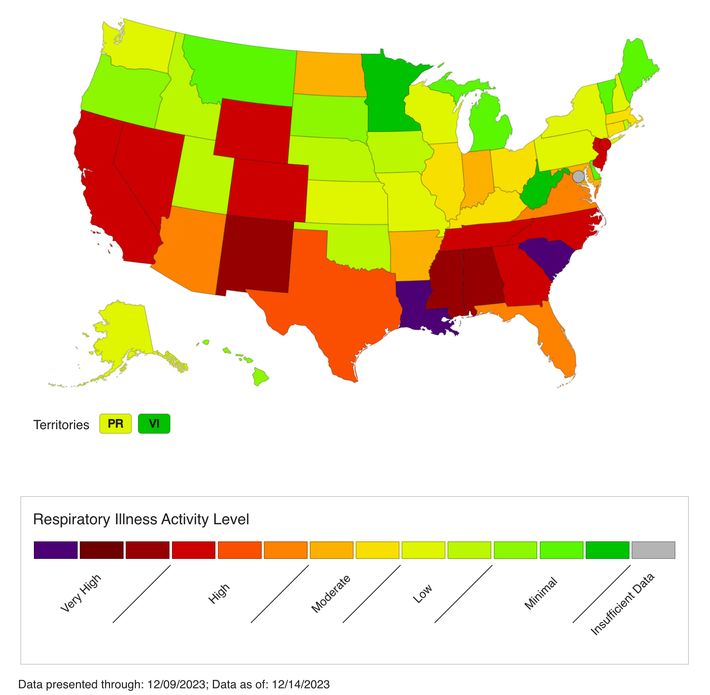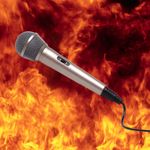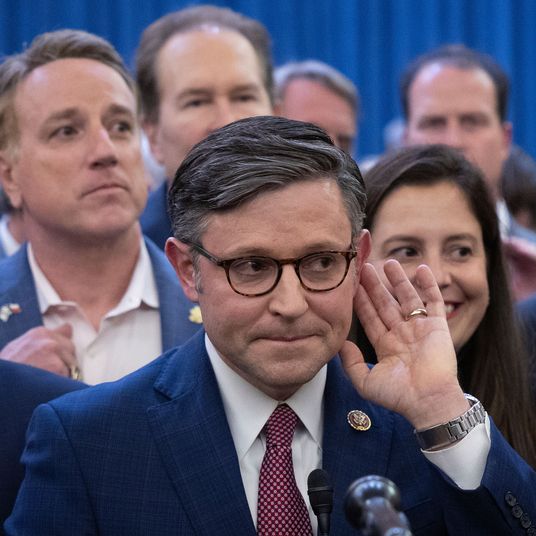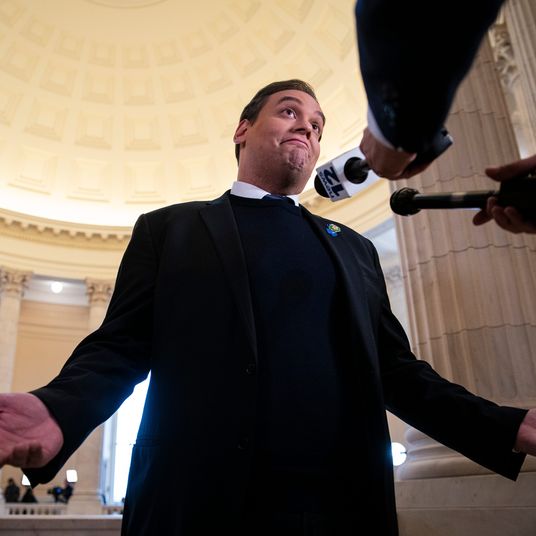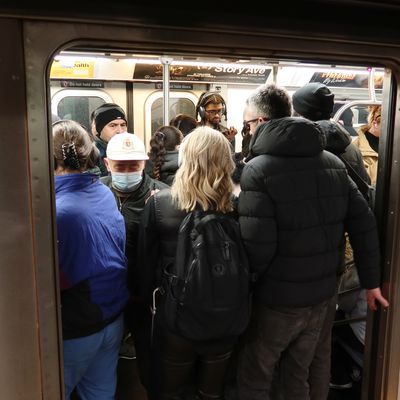
Welcome to sick season. According to the CDC, New York City — along with New Jersey and at least 16 other states — is now experiencing “high” to “very high” levels of respiratory-illness activity as measured by the number of weekly visits to health-care providers and emergency rooms by people having symptoms of fever, cough, and sore throat. The culprits are the usual suspects: this year’s strains of influenza, COVID, and RSV. And though flulike-illness levels have been above baseline nationally for several consecutive weeks, the CDC warns that we still haven’t hit the peak.
As CNN notes, COVID wastewater levels have been steadily rising across the country:
Nationally, viral activity for Covid-19 detected in wastewater — a leading indicator of transmission — is high and rising quickly. Levels are highest in the Midwest, where wastewater data from the CDC indicates Covid-19 is spreading more than it has since the Omicron wave two years ago. There are signs that RSV activity has reached its peak in the US, as test positivity rates and emergency department visits have started to tick down. But RSV hospitalization rates are still higher than they’ve been at any point for the past five years, except for last season’s peak.
According to the CDC’s Nowcast tracker, a new COVID variant, JN.1, has been rapidly gaining ground in the U.S. It was estimated to make up more than 21 percent of coronavirus cases nationwide for the week ending December 8, up from an average of 3.5 percent of cases a month beforehand. JN.1 is a faster-rising descendant of the highly mutated BA.2.86 variant. Early data indicates that current COVID vaccines remain effective against the new variant, but slightly less so. The CDC isn’t yet sure if JN.1 is driving an uptick in cases but had said that it does not appear the variant causes more severe illness than other strains.
The CDC also sent out an alert to health-care providers last week highlighting low vaccination rates for COVID, the flu, and RSV. Per the Washington Post:
This is the first respiratory virus season in which some Americans can be immunized against all three major pathogens. For the first time, all newborns and adults older than 60 can receive RSV shots. An updated coronavirus vaccine targeting the latest variants is available.
Based on surveys, the CDC estimates 8 percent of children, 17 percent of all adults and more than a third of seniors received the new coronavirus shot. About 16 percent of older adults received the RSV shot, while estimates are not available for young children. The flu shot remains most popular, with 40 percent of adults receiving it by December, the same as last year.
As always, seniors remain the most at-risk demographic for severe outcomes from respiratory illnesses, which is why the low vaccination rates for that group remain troubling.
The Atlantic’s Katherine Wu reports that infectious disease experts she spoke with remain concerned that all three viruses might peak at the same time this winter, which could result in overwhelmed hospitals:
That forecast isn’t certain. RSV, which has been dancing around a national peak, could start quickly declining; flu could take its time to reach an apex. COVID, too, remains a wild card: It has not yet settled into a predictable pattern of ebb and flow, and won’t necessarily maintain or exceed its current pace. This season may still be calmer than last, and impacts of these diseases similarly, or even more, spaced out.
But several experts told me that they think substantial overlap in the coming weeks is a likely scenario. Timing is ripe for spread, with the holiday season in full swing and people rushing through travel hubs on the way to family gatherings. Masking and testing rates remain low, and many people are back to shrugging off symptoms, heading to work or school or social events while potentially still infectious. Nor do the viruses themselves seem to be cutting us a break. Last year’s flu season, for instance, was mostly dominated by a single strain, H3N2. This year, multiple flu strains of different types appear to be on a concomitant rise, making it that much more likely that people will catch some version of the virus, or even multiple versions in quick succession.
Beyond vaccination, for everyone, the best way to prevent the spread of respiratory illnesses like the flu and RSV is regular handwashing; avoiding touching your eyes, nose, and mouth; and if sick, staying home and coughing and sneezing into your sleeve. High-filtration face masks still work great, too, and not just for avoiding COVID. In Massachusetts — where more than 15 percent of hospital visits in the first week of December were for acute respiratory illnesses, Boston’s Dana-Farber Cancer Institute has once again started requiring all staff, patients, and visitors to mask up.
This post has been updated to include additional information.


